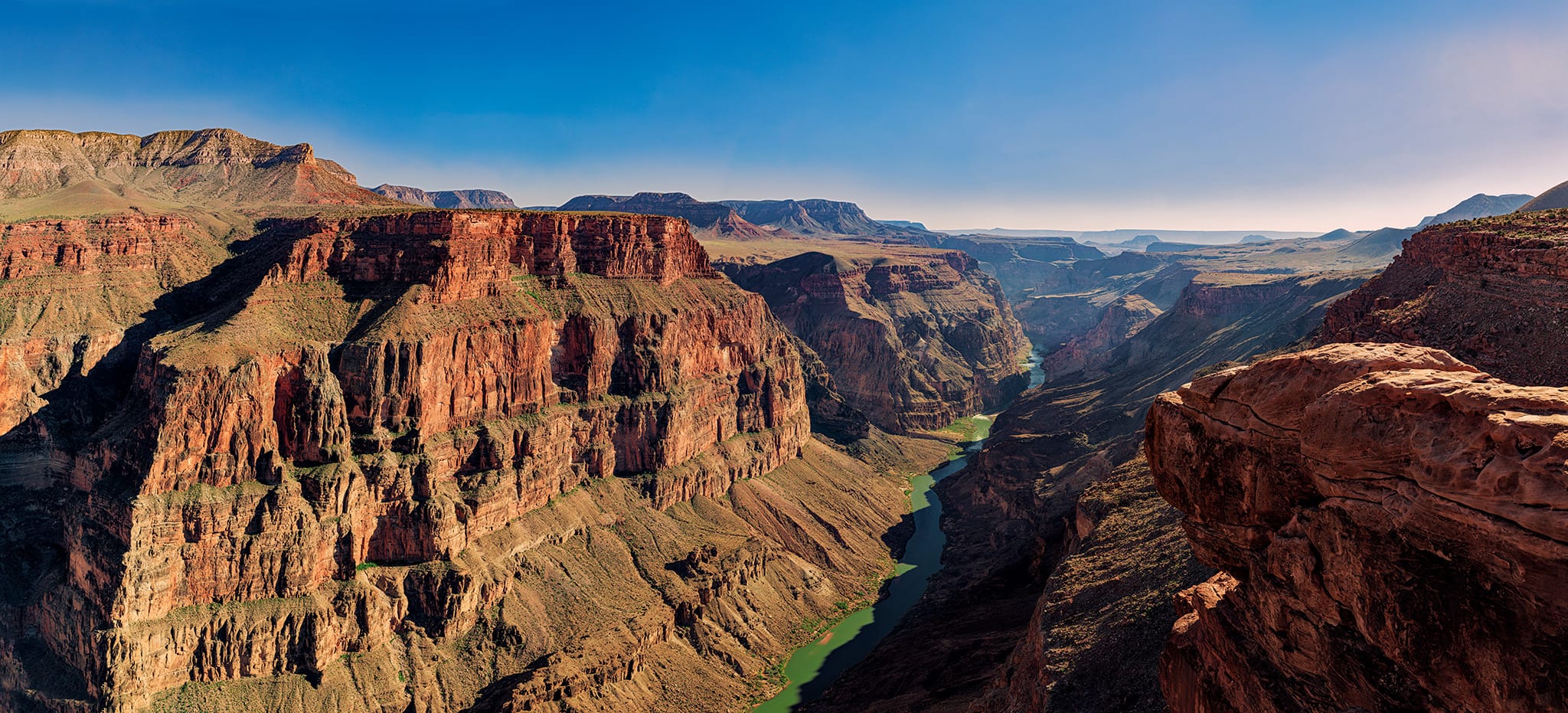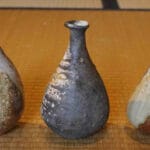I’ve always been drawn to the edge of things, to those places where civilization fades and the raw, untamed power of nature takes center stage. That’s what led me to Toroweap Overlook, a place where the edge isn’t just a metaphor, it’s a 3,000-foot drop into the heart of the Grand Canyon. This isn’t the Grand Canyon of postcards and tour buses; this is the wild, remote, and breathtakingly beautiful North Rim, and Toroweap is its crown jewel.
Planning Your Toroweap Adventure
Forget the paved roads and bustling crowds of the South Rim. Reaching Toroweap is an adventure in itself, requiring a 61-mile journey down a rugged, unpaved road. High-clearance 4×4 vehicle? Absolutely essential. In fact, even with 4×4, conditions can be challenging, especially after rain. Check road conditions ([https://www.lolaapp.com/] links to relevant resources should go here) before you go and be prepared for anything. And while you’re at it, download offline maps ([https://www.lolaapp.com/] another relevant link here) – cell service is practically nonexistent out here.
This is a wilderness experience, which means you need to be self-sufficient. Pack plenty of water, food, and any necessary medications. A first-aid kit, tire repair kit, and basic tools are also highly recommended. The closest services are hours away, so prepare as if you’re heading into the backcountry, because, in essence, you are. This also means being mindful of Leave No Trace principles. Pack out everything you pack in and respect the fragile desert ecosystem.
Witnessing the Grandeur of Toroweap
The two-hour drive, often longer depending on conditions, builds a sense of anticipation. The landscape transforms from high desert to something altogether more dramatic. Then, suddenly, you’re there. Stepping out of the vehicle, you’re met by a vista that will steal your breath. 3,000 feet of sheer cliffs plunge to the Colorado River below, a slender ribbon of emerald green winding through the heart of the canyon. This isn’t just a view; it’s an immersion in the immensity of geological time.
Unlike the more popular viewpoints, Toroweap offers solitude. You’ll likely encounter a few other adventurous souls, but the crowds are minimal, allowing for a more intimate experience. The silence is profound, broken only by the whisper of the wind. This is a place to connect with the raw, untamed beauty of nature, to contemplate the vastness of time, and perhaps even to feel a sense of connection to something larger than yourself. Some who visit describe the experience as almost spiritual.
Exploring Beyond the Overlook
Beyond the overlook itself, the Tuweep area offers hiking opportunities for those seeking a more immersive experience. Research trails ([https://www.lolaapp.com/] insert link to trail information here) and obtain necessary permits in advance. Remember, hiking in the desert requires careful planning and preparation. Be aware of the potential for extreme temperatures, flash floods, and wildlife encounters.
Toroweap: A Geologist’s Paradise
Toroweap isn’t just a scenic wonder; it’s a geological treasure trove. The exposed rock layers tell a story billions of years in the making. Limestone and sandstone formations suggest the presence of ancient seas, teeming with life. The presence of the Toroweap Fault, a major fracture in the Earth’s crust, hints at the role of volcanic activity in shaping the canyon. Ongoing research continues to refine our understanding of the complex geological processes that created this unique landscape. It’s truly a place where you can touch the deep past.
| Discovery Category | Description | Significance |
|---|---|---|
| Ancient Oceans | Layered Paleozoic rocks, primarily limestone and sandstone | Suggests repeated advances and retreats of ancient seas, leaving behind sedimentary rock layers |
| Volcanic Activity | Evidence of volcanic eruptions along the Toroweap Fault | Indicates volcanic activity played a role in shaping the canyon’s landscape and its ongoing evolution |
Toroweap: The Most Remote Part of the Grand Canyon?
While the Grand Canyon boasts many remote areas, Toroweap holds a strong claim to being the most isolated and difficult to reach. Its location on the North Rim, combined with the challenging 60-mile drive on a rough, unpaved road, ensures a limited number of visitors. This isolation enhances the sense of adventure and solitude, making it a unique destination for those seeking a truly off-the-beaten-path experience.
Navigating the Restricted Area
Accessing Toroweap requires careful planning and respect for the regulations in place to protect this fragile environment. Group sizes are limited, and permits may be required for certain activities. Be sure to check the National Park Service website ([https://www.lolaapp.com/] link to NPS site) for the most up-to-date information.
| Aspect | Description |
|---|---|
| Location | North Rim of the Grand Canyon |
| Accessibility | Via a challenging 60-mile unpaved road |
| Scenery | Breathtaking views of the canyon, Colorado River, and unique geological formations |
| Atmosphere | Solitude, adventure, raw natural beauty |
| Required Preparation | Self-sufficiency, careful planning, appropriate vehicle, supplies |
Tips for a Successful Toroweap Trip
| Tip | Description |
|---|---|
| Vehicle Requirements | High-clearance 4×4 vehicle is an absolute necessity. Don’t underestimate the road’s difficulty. |
| Supplies | Pack more water and food than you think you’ll need. Also include a first-aid kit, basic tools, and a tire repair kit. |
| Weather Conditions | Be prepared for extremes. Summer monsoons can bring flash floods, while winter nights can freeze. Check the forecast before you go. |
| Safety | Stay a safe distance from the cliff edge. The drop-off is significant and potentially fatal. Supervise children closely and be aware of wildlife, particularly rattlesnakes. |
| Planning | Research road conditions and check for closures. Download offline maps, as cell service is unreliable. Inform someone of your itinerary and expected return time. |
Preserving Toroweap for Future Generations
While the solitude and untouched beauty of Toroweap are part of its allure, increasing visitation can pose challenges to fragile desert ecosystems. Ongoing research is exploring the impact of tourism on erosion, vegetation, and wildlife. By visiting responsibly and adhering to Leave No Trace principles, we can ensure that this incredible place remains preserved for future generations to experience and appreciate.
Have you ever been curious about exploring the waftaroms and tokkuri of a Japanese traditional Tea Ceremony? Perhaps that same spirit of exploration will lead you to Toroweap, a place where the grandeur of the Grand Canyon meets the quiet solitude of the desert wilderness.
















